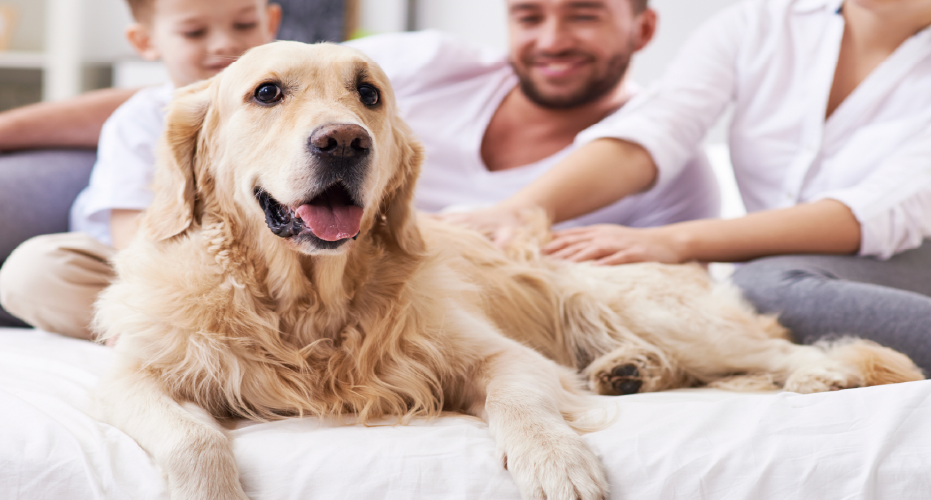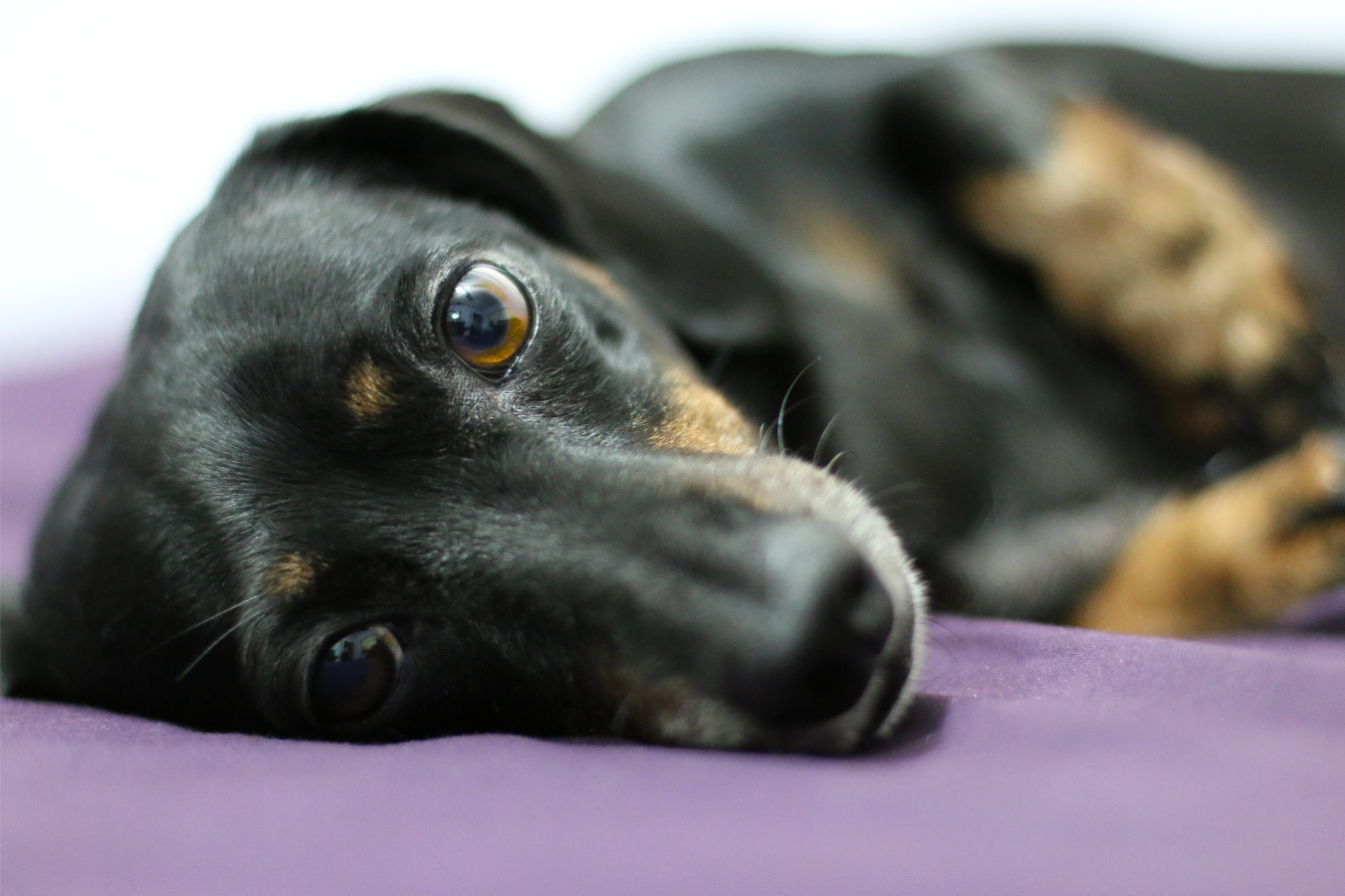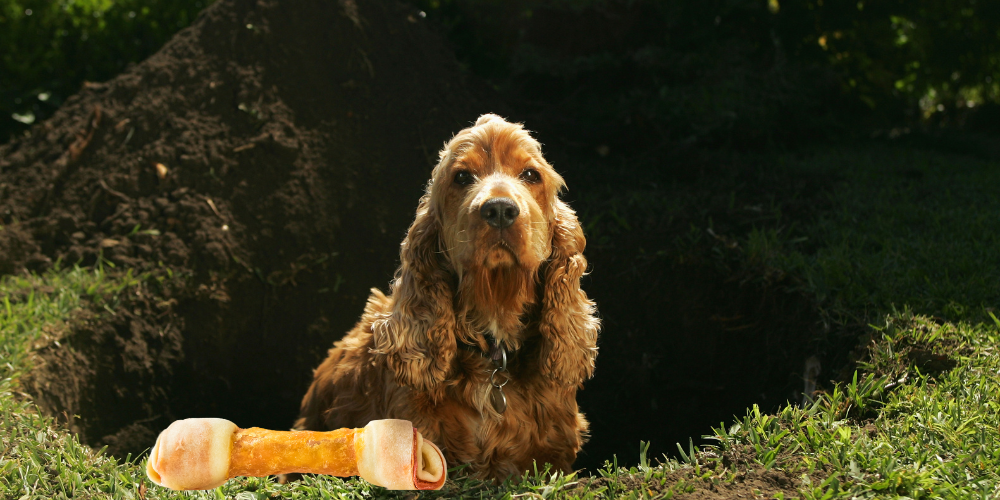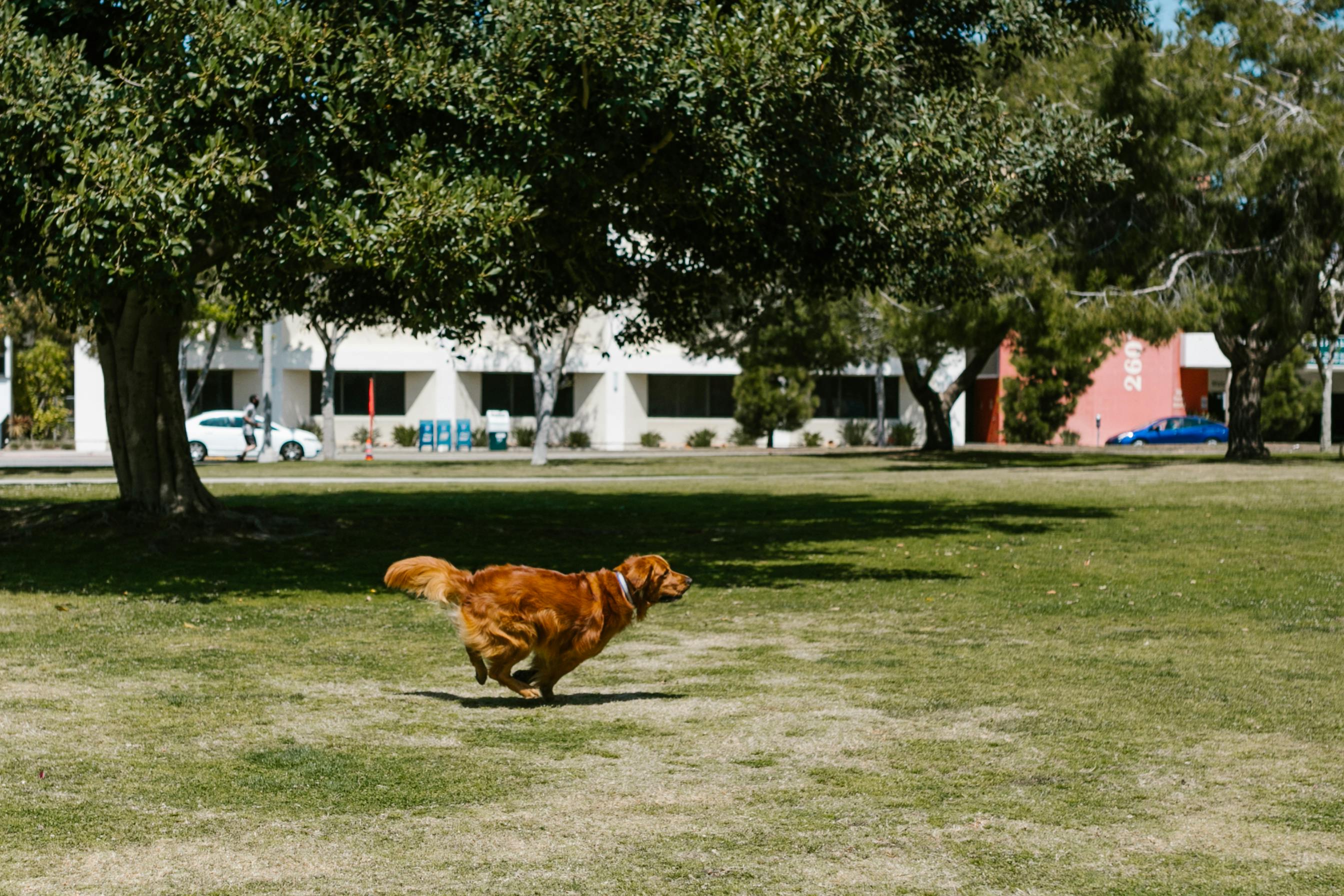
Ever wondered why dogs destroy toys? It’s a common frustration for pet owners, especially when a new toy gets torn apart within minutes. While it might seem like random mischief, toy destruction is actually rooted in your dog’s natural instincts. In this article, we’ll dive into the reasons behind this behaviour, discuss how to manage it, and offer tips for choosing toys that are both fun and durable. Whether your dog is a curious puppy or a seasoned chewer, understanding their behaviour can lead to more enjoyable playtime.
Why Do Dogs Do It?
Toy destruction is perfectly normal for dogs, but it can be confusing for owners. Here’s why dogs do it:
- Instinctual Behaviour: Dogs have a strong prey drive, and tearing apart toys mimics the hunting behaviours of catching, shaking, and tearing prey. This releases endorphins, making the activity highly rewarding.
- Boredom Relief: Dogs need mental and physical stimulation. If they don’t get enough exercise, even the toughest toys may fall victim to their pent-up energy. For high-energy breeds like Border Collies and Jack Russells, boredom can quickly lead to destructive chewing.
- Teething & Gum Relief: Puppies experience teething pain from 3 to 6 months of age, and toys help soothe sore gums. But even adult dogs chew to maintain dental health by removing plaque and tartar.
- Stress Reduction: Chewing has a calming effect, making it an outlet for dogs dealing with anxiety. Separation anxiety, loud noises, or changes in routine can all lead to toy destruction as a coping mechanism.
- Exploratory Behaviour: Dogs are naturally curious and explore the world with their mouths. Ripping apart toys helps them understand how they work, feel, and taste, making it a part of their learning process.
- Attention-Seeking: Some dogs destroy toys to get your attention. If your reaction is big (even if it's scolding), they may see it as a win. Destruction becomes a way to engage you, even if it’s in a negative way.
Toy destruction is not usually a sign of aggression but rather a mix of natural instincts, stress relief, and curiosity. Explore our dog toy range.
At What Age Do Dogs Start Destroying Toys?
Destructive behaviour can start as early as puppyhood, particularly during teething. Here’s how it evolves over time:
- Puppies (3-6 months): As they explore their environment and relieve teething pain, puppies often target softer toys.
- Adult Dogs (1-5 years): High-energy or working breeds may chew for entertainment, stress relief, or out of sheer boredom. Adult dogs often need tougher toys to withstand their stronger jaws.
- Senior Dogs (6+ years): Older dogs may still enjoy softer toys but may tear them apart as part of their natural play behaviour. However, their chewing intensity often decreases with age, making softer toys safer.
Providing age-appropriate toys can help manage destructive behaviour while keeping your dog entertained.
Can You Train Dogs to Stop Destroying Toys?
While you can’t completely eliminate toy destruction, you can manage it with training and positive reinforcement:
- Teach Commands: Use commands like "leave it" or "drop it" to prevent excessive chewing. Consistent training can redirect your dog’s energy and reduce destructive behaviour.
- Supervised Play: Watch your dog during playtime, stepping in to redirect their behaviour if they get too rough.
- Interactive Toys: Offer toys that require problem-solving, such as treat-dispensing toys or puzzle toys. These engage your dog’s mind, keeping them busy and less focused on destroying toys.
Training can reduce destructive behaviour by redirecting it to safer outlets. Explore our training aids for additional help.
How Do I Choose the Best Toys for My Dog?
Choosing the right toys can make a big difference in managing destructive behaviour:
- Durability: Look for toys made from heavy-duty materials like rubber, nylon, or reinforced fabric. These are more likely to withstand heavy chewers.
- Size: Always select toys that match your dog’s size and chewing strength to prevent choking hazards.
- Variety: Dogs get bored with the same toys. Offer a mix of squeaky toys, tug toys, and puzzle toys to keep them engaged and reduce boredom-related destruction.
For heavy chewers, consider the Tuffy Toy Collection.
Final Thoughts
Understanding why dogs destroy toys can help you manage this behaviour more effectively. Whether it’s instinctual, boredom-driven, or for stress relief, choosing durable toys and using training techniques can make playtime safer and more enjoyable. Be patient, as toy destruction is often part of a dog’s natural behaviour. With the right approach, you can redirect it and keep your pup entertained.
Which Toy is Your Dog’s Perfect Match?



